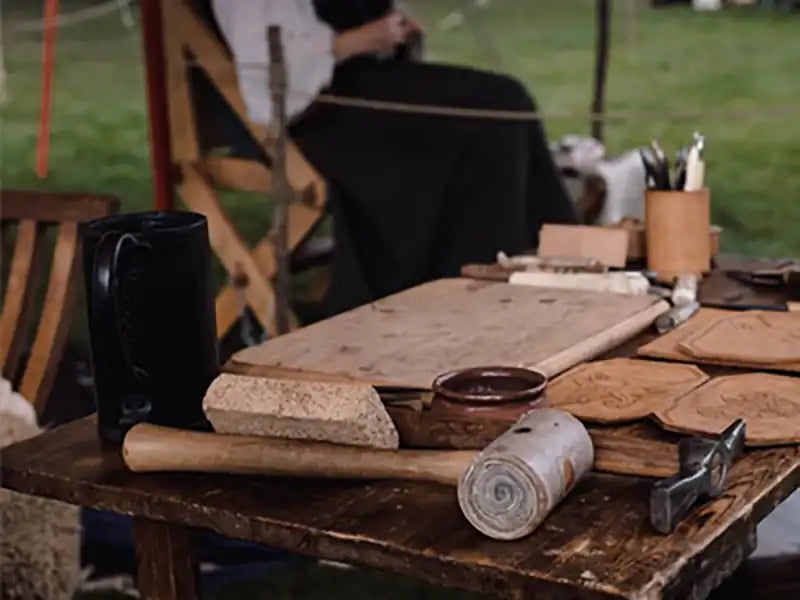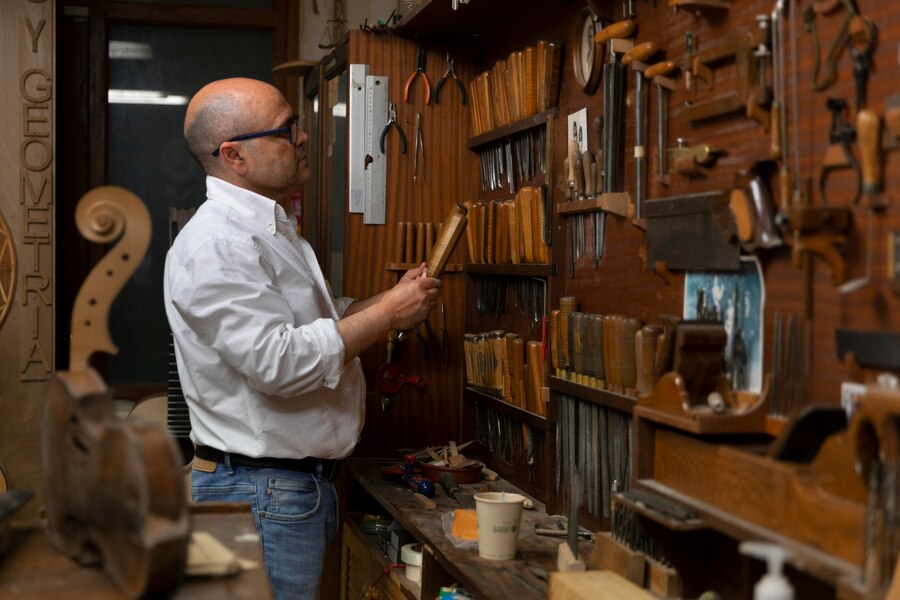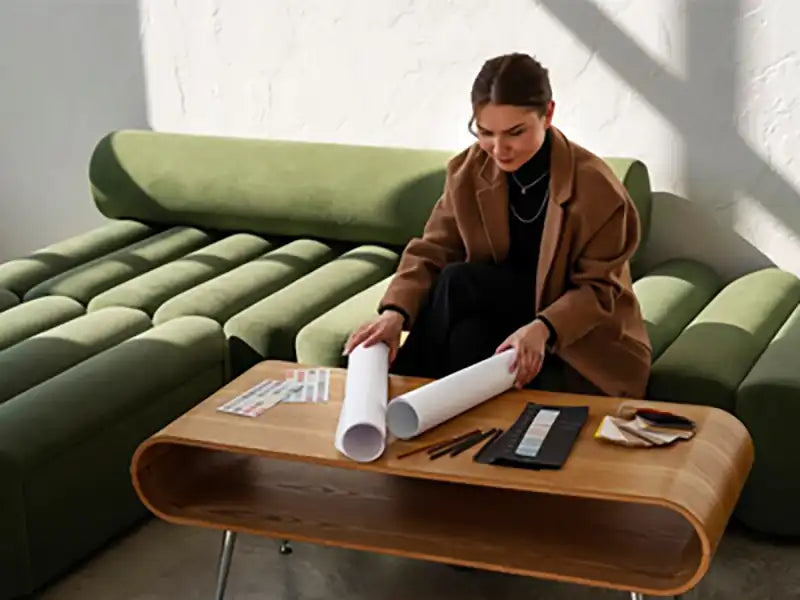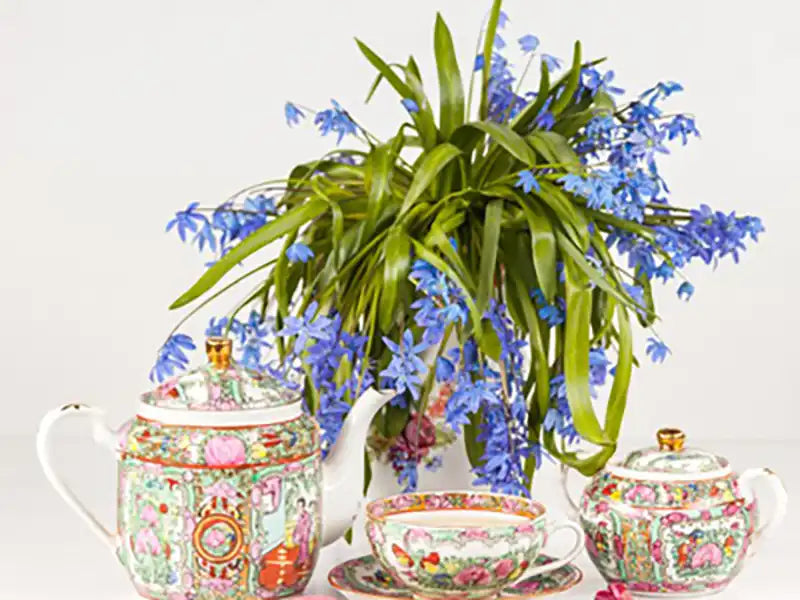Many women, while living in an apartment, are interested in maintaining flowers and houseplants. Live and fresh houseplants need a lot of care in the interior of the house, and sometimes the loss of vitality and beauty of houseplants becomes a constant concern of flower and plant owners at home.
To maintain and maximize the freshness of the plants, read the general recommendations we have given in this section of Namnak and get acquainted with the storage conditions of some famous apartment plants.
Refresh the breath of plants
Flat plants need fresh air, so you need to open windows to keep houseplants open and allow fresh oxygen to enter the building space. Getting enough oxygen to houseplants strengthens the stem and brightens the color of its leaves, so leave the window open in the early morning to allow fresh air to enter the house.
Life is not possible without light
Plants need a lot of sunlight because sunlight plays an important role in making plants green, so be sure to place the plants in a place where there is enough light.
Of course, not all plants need the same amount of sunlight, and some need less light. Placing these plants in direct sunlight can cause the plant to turn pale, yellow, or dry. Therefore, in maintaining houseplants, light should shine indirectly on the plant.
Do not over-water
Plants, like all living things, need a certain amount of water and food, so excessive watering and watering at irregular and very short intervals will cause them to dry out or rot. It is necessary to know that there must be one or more holes under the pots so that water can pass through all parts of the pot and reach all parts of the roots. The presence of these holes causes air flow and allows the roots to breathe.
Take care of the potting soil
When keeping house pots, you should pay attention to the soil, it is better to choose soil that is mixed with some sand. Compressing the potting soil is wrong because it is necessary to have small pores for air flow and oxygen to reach different parts of the soil.
After a certain period of time, the pot should be replaced; This time varies for different plants; But in general, when the roots have reached the bottom of the pot, you need to move the plant to a larger pot.
You also need to choose a new pot after about six or seven months because the pot has lost its nutrients. Due to the growth of the plant during this period, it is better for the new pot to be slightly larger than the previous one.
How to keep a cactus at home
Keep the temperature at a balanced level
The storage temperature of houseplants in winter and summer should be at 22 to 25 degrees Celsius, keeping plants at low temperatures will cause wilting and loss of plant freshness.
Think about winter too
In winter, the temperature drops dramatically and many plants go into hibernation, so if your plants seem to have dried up in the winter, don't be afraid. The method is the indirect method; That is, heat the whole space of the room and do not change the potted plants when you see the apparent dryness, and postpone the replacement of the pot and its soil to spring.
Low humidity
In winter and heating the house, the humidity of the house decreases and the lack of moisture manifests itself in the browning of the leaf tips of the plants.
Plant moisture
Improper drainage and salt formation
Not giving enough water to potted plants and moistening the soil so that the water spills out and gets too much out from under the pot has led to the formation of salts that prevent the plant from growing.
Ignoring plant pests
Tarantulas, aphids, and flour moths are some of the pests that grow very fast and can surround the whole plant in one day. If these pests are resistant enough, the plant will not be repaired.
Limit the flower to the pot
Further growth of the plant from the size of the pot causes the roots to wrap around the pot around themselves and limit their growth. Plants in pots smaller than their proper size dry much sooner, so the pot should be replaced in suitable conditions and a pot appropriate to the size of the plant should be used.
Plant storage conditions
Types of houseplants and how to maintain them
Croton maintenance of houseplants
Light: Needs moderate to indirect light.
Irrigation: Between two irrigations, the soil surface should be dry. Soil: Alkaline and forest, a mixture of leaf soil, garden soil and soft washed sand is suitable for its maintenance.
Fertilization: 3 grams per liter should be fertilized every two weeks from April to September. Propagation: Propagated by late cuttings of stem from late spring to late summer.
Croton plant
How to maintain Syngonium Goose foot plant from houseplants
Irrigation: between two and three times a week in summer and once a week in winter. Light: This plant loves soft light and the light shade of the windows is a good place to keep this plant.
Propagation: Syngonium propagation is done by removing the stem cuttings from the main plant and keeping them in water until they take root, then plant them. Soil: A mixture of peat and compost is the best soil for the plant. Feeding: special fertilizer half the recommended amount in spring and summer, every three weeks






